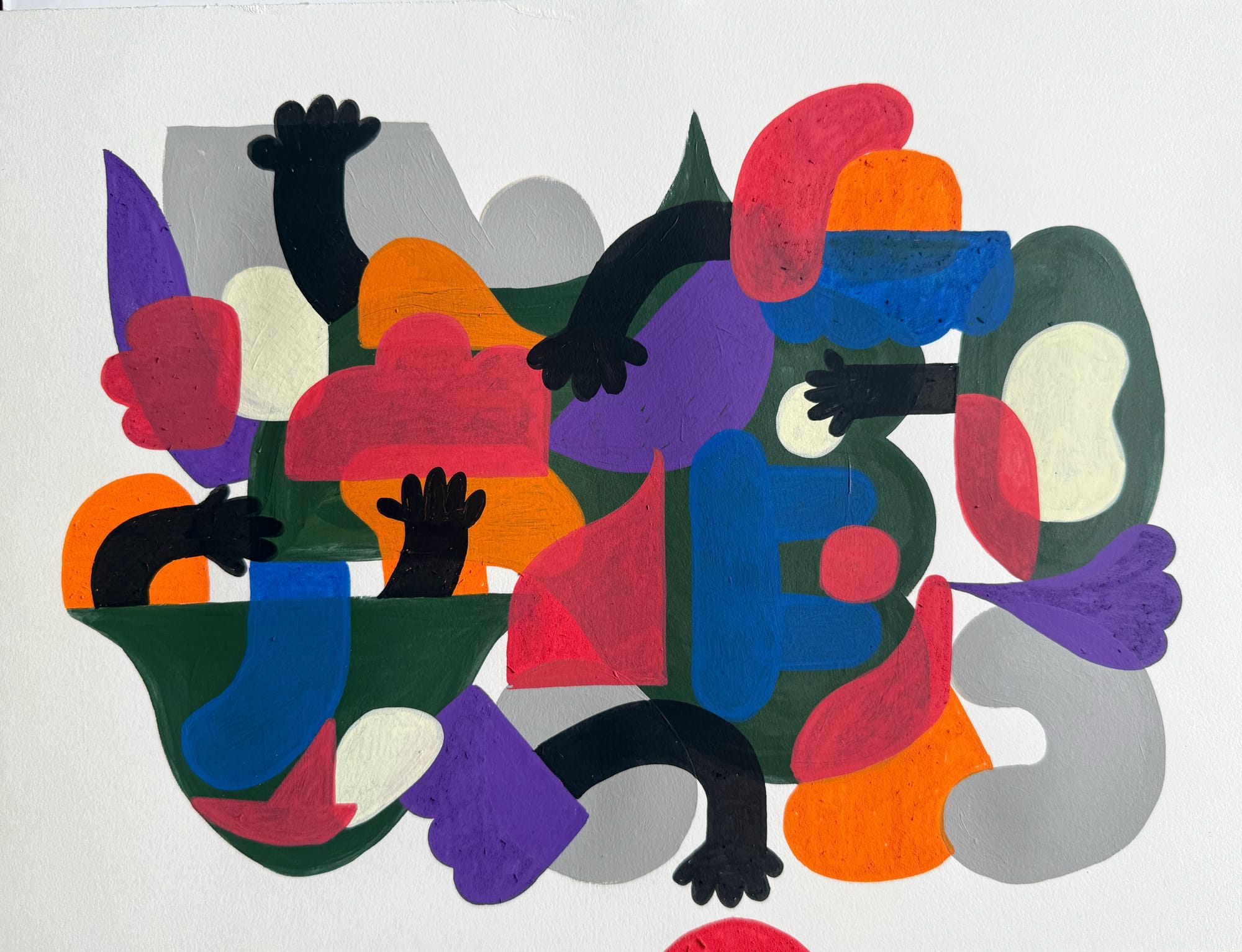The Art of Sampling
Art, design, and making beats?
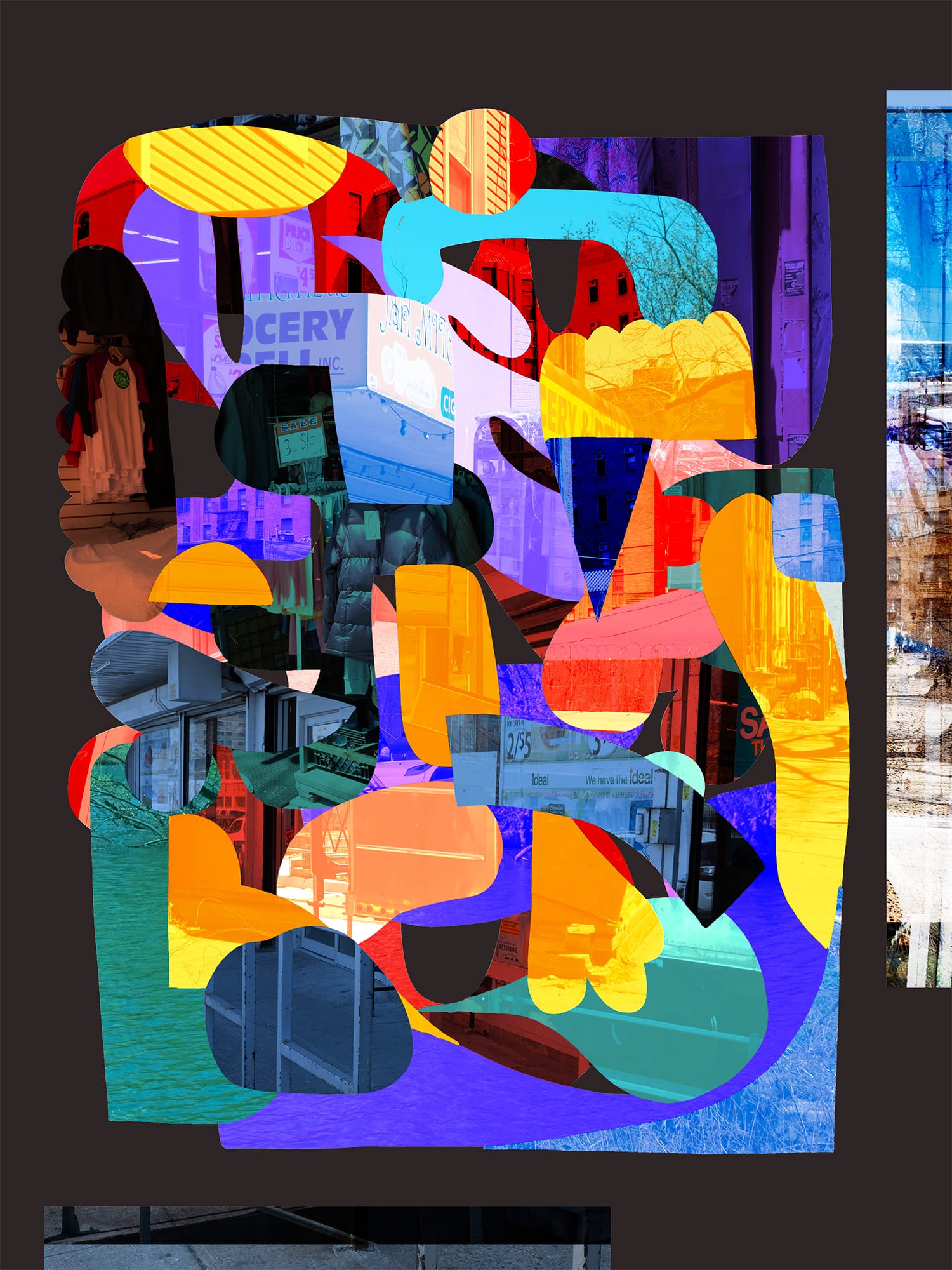
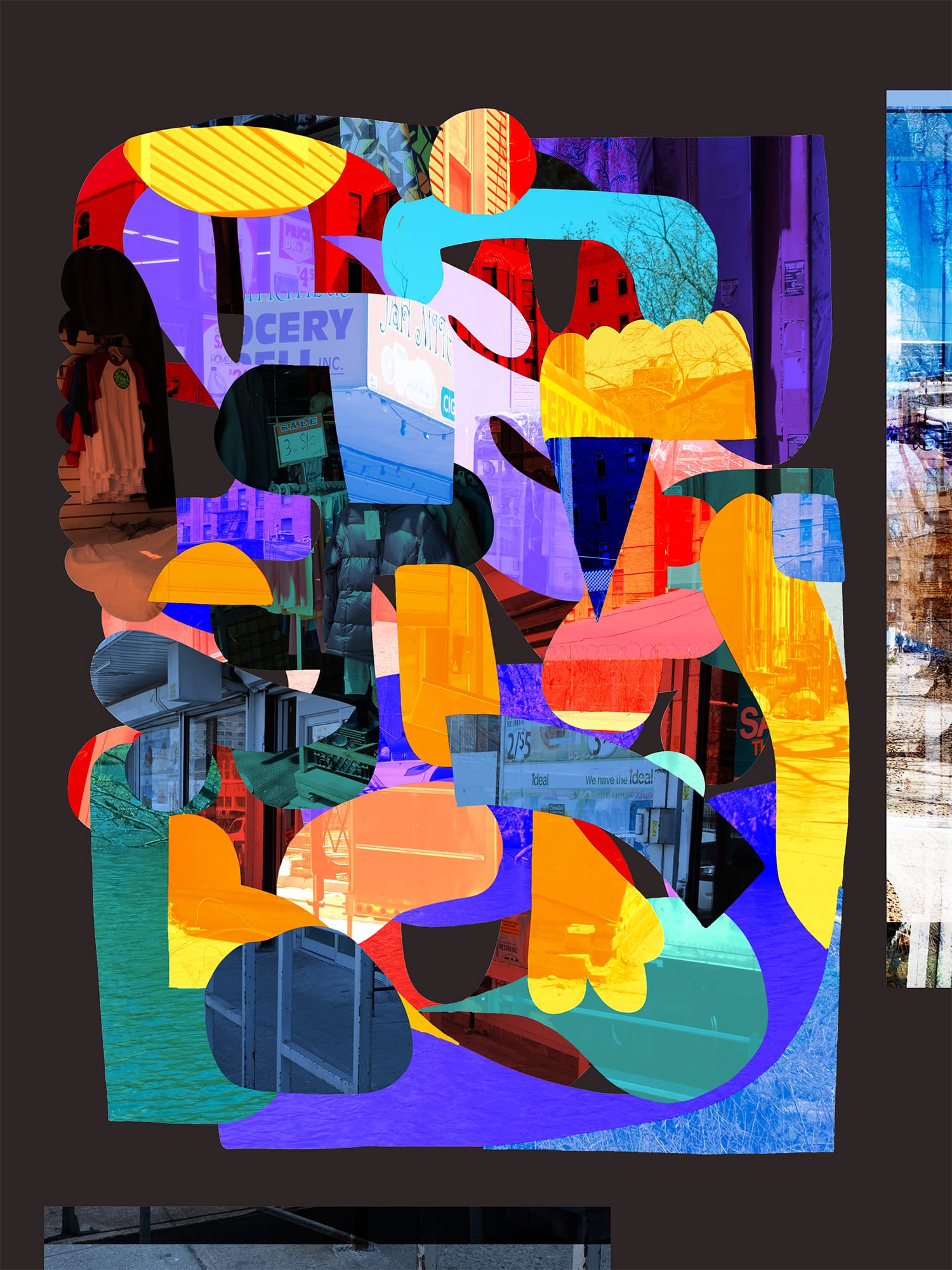
I have been a visual artist in some way or form for my entire life but it's not the only type of expression that I explored. Music has always been a major part of my creative process and for several years, it was a craft that I pursued seriously. The late nineties in Los Angeles was the heyday for the city's underground rap scene, open mics and freestyle sessions were a weekly routine. Like a lot of kids in that era, my friends and I were consumed in the culture, hitting multiple spots a week, battling other crews in an effort to make a name for ourselves. Some of our contemporaries took it much further than our little group did. Artists like Murs, Black Eyed Peas, Dilated Peoples, The People Under the Stairs (RIP Double K), and more were regulars in this scene, going on to have successful careers in the industry. My own path was heading in a different direction but I owe my overall approach to making work and putting it out to those formative years.
From the very beginning of my interest in music, I was drawn to production and making beats. Although I never pursued it personally, two of my best friends were DJ's and I hung out with them constantly, digging for records and exploring old jazz, funk, and soul catalogs from decades past. I saw the act of reinterpreting the past through sampling as a way to pay homage to our forefathers and build upon the foundation they laid.
On a personal note, it solidified my relationship with jazz music specifically, forging a connection to my deceased father (who played the flute and xylophone) and serving as “proof of concept” for the process that defines much of the work I currently produce.
I create collages using my catalog of photos that goes back 15+ years, spanning my early years documenting gentrification in Los Angeles to my more recent, published and more well known work (see Archival Recordings) My process includes drawing abstract compositions and incorporating specific photographs from certain areas and neighborhoods. The resulting pieces are a reconstructed interpretation of spaces that have been lost to time, highlighting a history that is slowly being erased. It's become a powerful tool for bringing attention to the impact of gentrification and highlighting my own personal history that parallels sampling as a process, replacing record stores with my photographic archive.
I view my collages as a type of photograph themselves, expressed through the lens of my abstract studies and compositions. This framework conceptually connects the dots between the two mediums in a way that is flexible enough to be expressed visually in sophisticated and ever-complex ways.
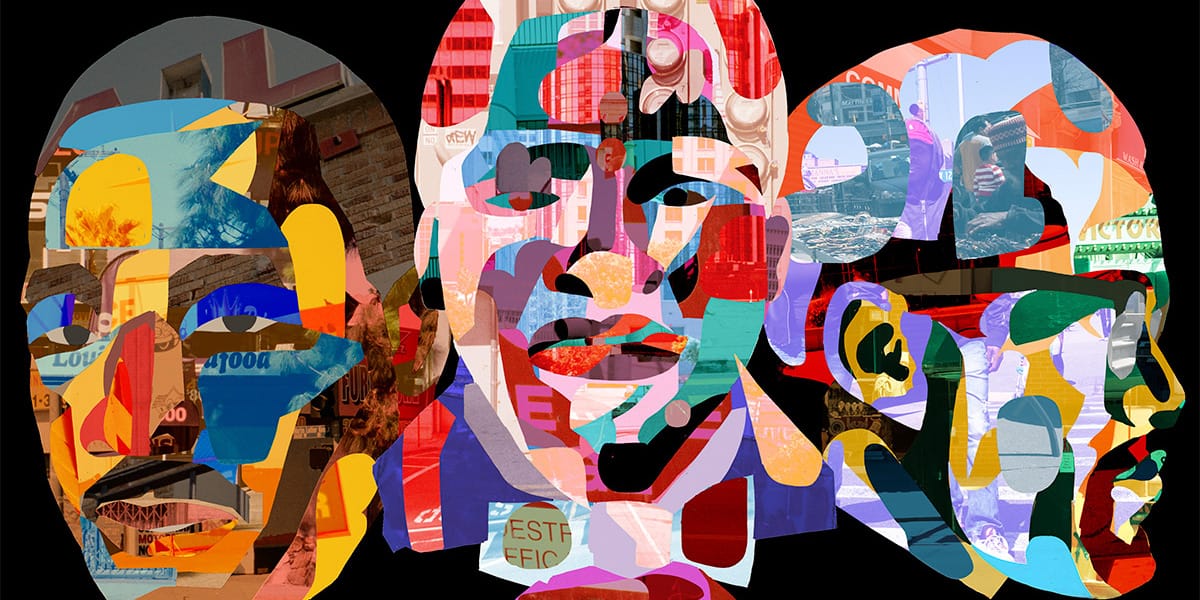
Recent work
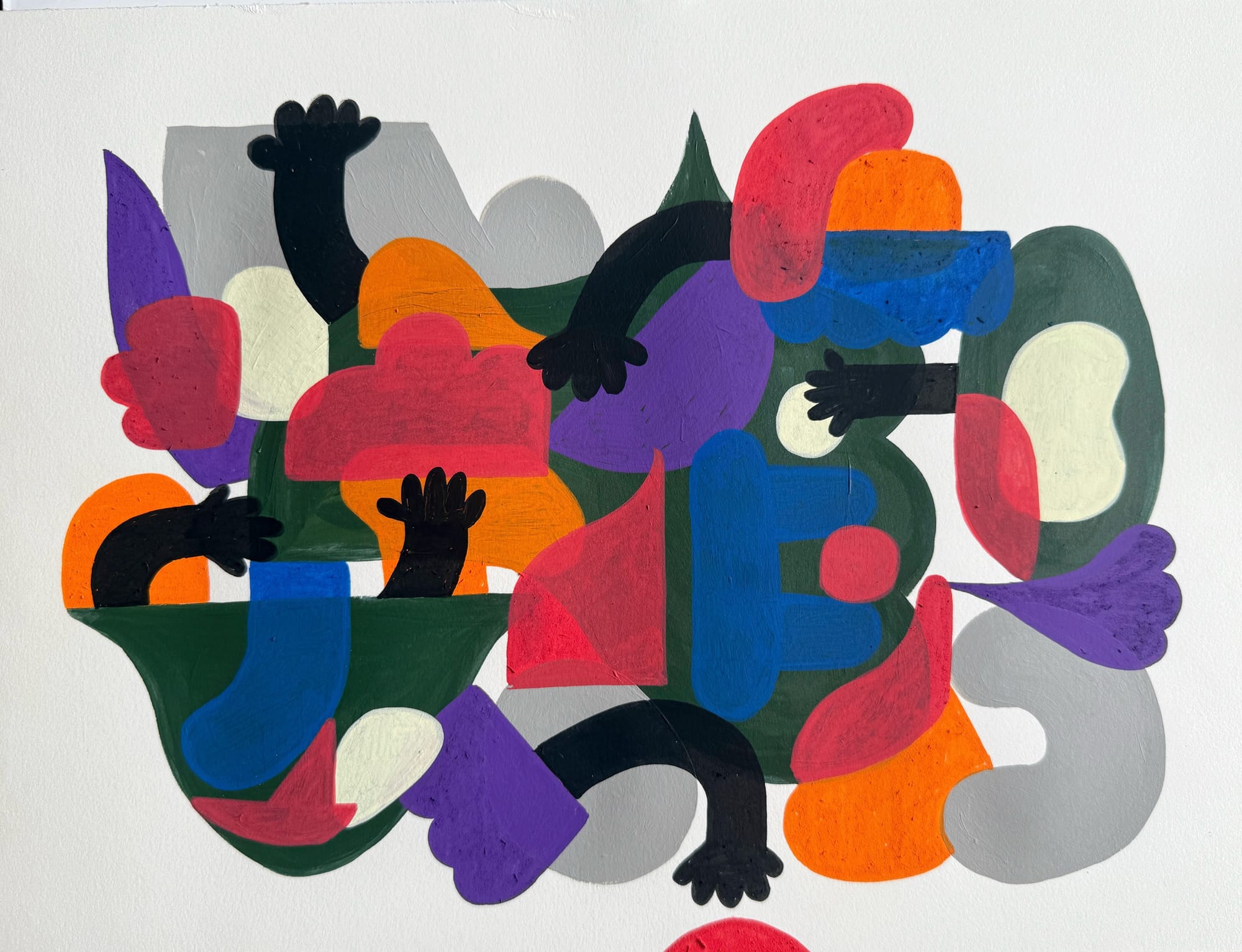
On another note...
I finally found some time to paint recently and this small piece is the result. This composition has been in my head for a few months now so it was satisfying to finally be able to work on it. I hope to complete a few more paintings before the year is done. I have a tough schedule but it's worth making time for.
Until next time...

